Top Qs
Timeline
Chat
Perspective
Timeline of life
From Wikipedia, the free encyclopedia
Remove ads
The timeline of life represents the current scientific theory outlining the major events during the development of life on Earth. Dates in this article are consensus estimates based on scientific evidence, mainly fossils.
In biology, evolution is any change across successive generations in the heritable characteristics of biological populations. Evolutionary processes give rise to diversity at every level of biological organization, from kingdoms to species, and individual organisms and molecules, such as DNA and proteins. The similarities between all present day organisms imply a common ancestor from which all known species, living and extinct, have diverged. More than 99 percent of all species that ever lived (over five billion)[1] are estimated to be extinct.[2][3] Estimates on the number of Earth's current species range from 10 million to 14 million,[4] with about 1.2 million or 14% documented, the rest not yet described.[5] However, a 2016 report estimates an additional 1 trillion microbial species, with only 0.001% described.[6]
There has been controversy between more traditional views of steadily increasing biodiversity, and a newer view of cycles of annihilation and diversification, so that certain past times, such as the Cambrian explosion, experienced maximums of diversity followed by sharp winnowing.[7][8]
Remove ads
Extinction
Summarize
Perspective
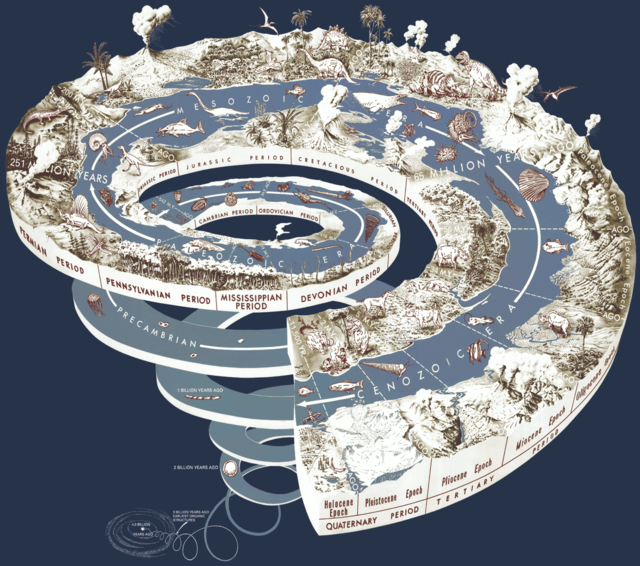
Species go extinct constantly as environments change, as organisms compete for environmental niches, and as genetic mutation leads to the rise of new species from older ones. At long irregular intervals, Earth's biosphere suffers a catastrophic die-off, a mass extinction,[9] often comprising an accumulation of smaller extinction events over a relatively brief period.[10]
The first known mass extinction was the Great Oxidation Event 2.4 billion years ago, which killed most of the planet's obligate anaerobes. Researchers have identified five other major extinction events in Earth's history, with estimated losses below:[11]
- End Ordovician: 440 million years ago, 86% of all species lost, including most[12] graptolites
- Late Devonian: 375 million years ago, 75% of species lost, including most trilobites
- End Permian, The Great Dying: 251 million years ago, 96% of species lost, including tabulate corals, and most trees and synapsids
- End Triassic: 200 million years ago, 80% of species lost, including all conodonts
- End Cretaceous: 66 million years ago, 76% of species lost, including all ammonites, mosasaurs, plesiosaurs, pterosaurs, and nonavian dinosaurs
Smaller extinction events have occurred in the periods between, with some dividing geologic time periods and epochs. The Holocene extinction event is currently under way.[13]
Factors in mass extinctions include continental drift, changes in atmospheric and marine chemistry, volcanism and other aspects of mountain formation, changes in glaciation, changes in sea level, and impact events.[10]
Remove ads
Detailed timeline
Summarize
Perspective
In this timeline, Ma (for megaannum) means "million years ago," ka (for kiloannum) means "thousand years ago," and ya means "years ago."
Hadean Eon

4540 Ma – 4031 Ma
Archean Eon

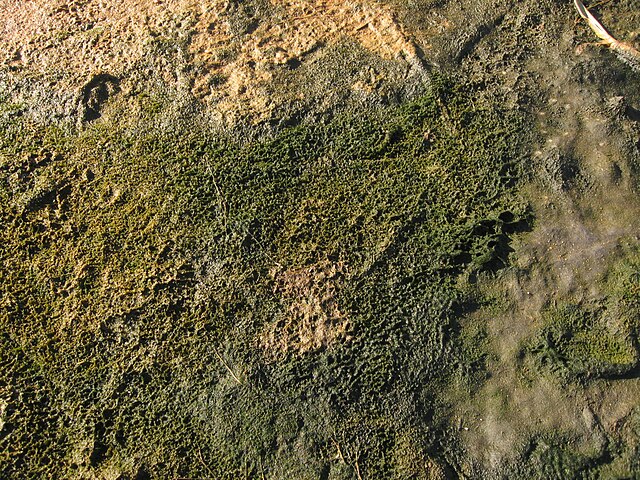
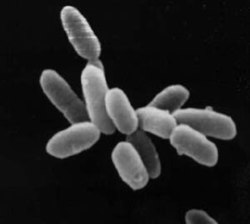
4031 Ma – 2500 Ma
Proterozoic Eon

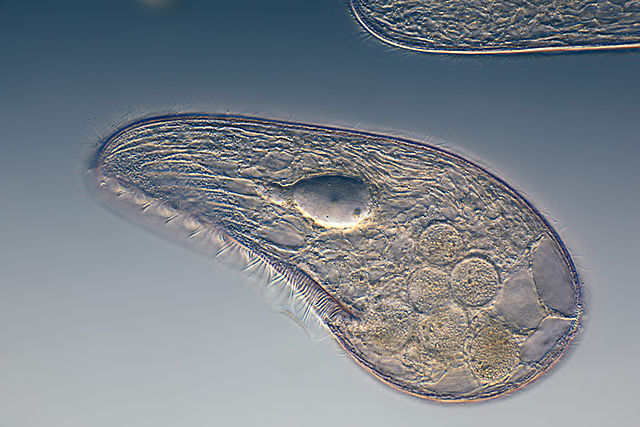

2500 Ma – 539 Ma. Contains the Palaeoproterozoic, Mesoproterozoic and Neoproterozoic eras.
Phanerozoic Eon
This section needs additional citations for verification. (September 2022) |
539 Ma – present
The Phanerozoic Eon (Greek: period of well-displayed life) marks the appearance in the fossil record of abundant, shell-forming and/or trace-making organisms. It is subdivided into three eras, the Paleozoic, Mesozoic and Cenozoic, with major mass extinctions at division points.
Palaeozoic Era
538.8 Ma – 251.9 Ma and contains the Cambrian, Ordovician, Silurian, Devonian, Carboniferous and Permian periods.




Mesozoic Era
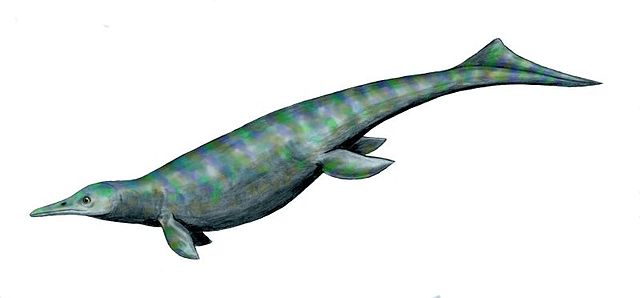



From 251.9 Ma to 66 Ma and containing the Triassic, Jurassic and Cretaceous periods.
Cenozoic Era







Remove ads
See also
References
Further reading
External links
Wikiwand - on
Seamless Wikipedia browsing. On steroids.
Remove ads